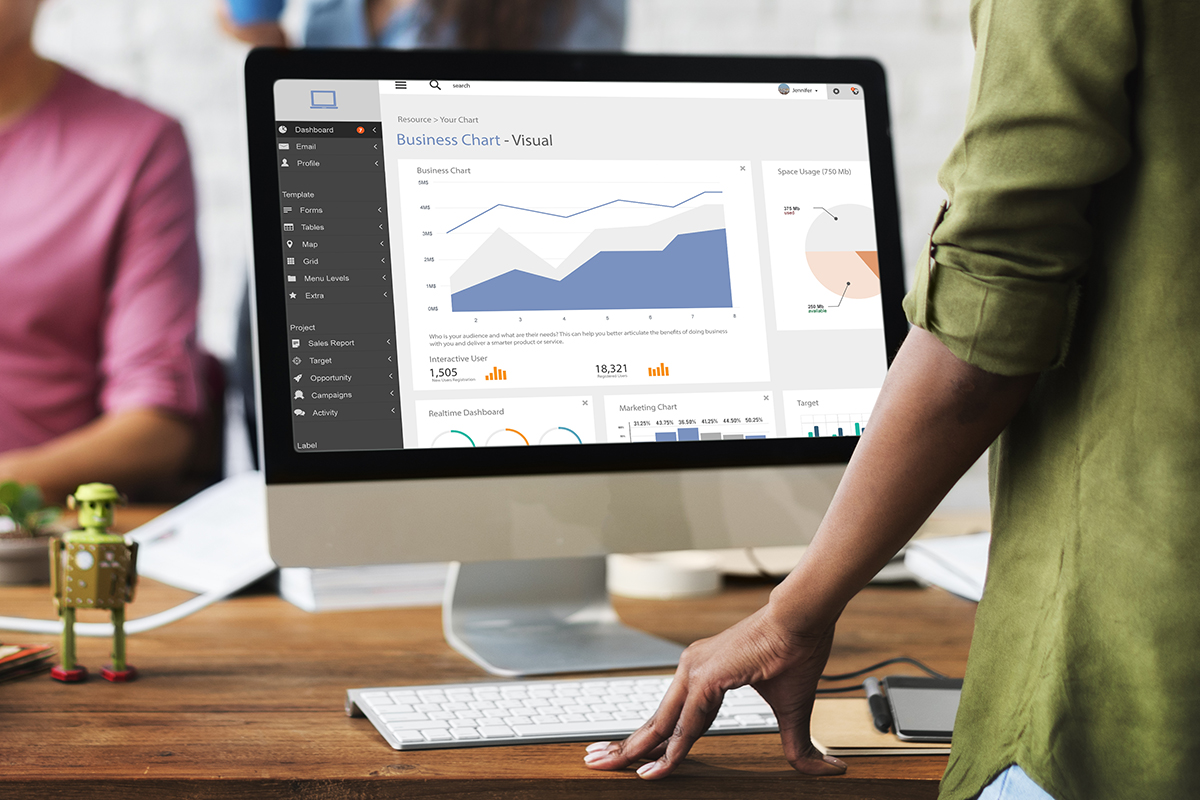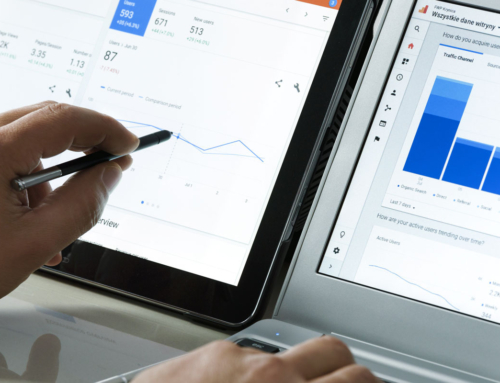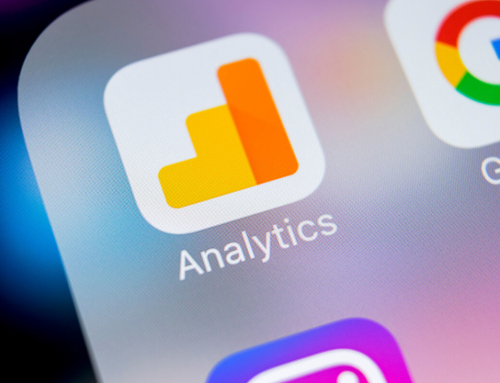You hear the words, “Google Analytics” and immediately think – isn’t that IT’s job? Not so fast!
In the growing digital age, this platform is becoming an increasingly beneficial tool in helping public relations professionals gain a deeper understanding of their audience(s). It’s also a helpful way of measuring the reach and success of PR efforts in a world where stats from traditional tracking platforms can’t always be trusted.
It all boils down to tracking codes, which help generate detailed data about traffic to your website. By creating a Google Analytics account (the standard version is free), you can add tracking codes to each page. This allows you to collect various bits of information such as what countries your users are from, the languages they speak and the types of devices they use to access the site. It also can also include demographic data like age and gender, and even some of their interests.
So, what does this mean? You no longer have to make educated guesses about your audience. You have worlds of information about them, readily available, that can help shape your strategy.
And it doesn’t stop there. If a news outlet included your URL in a story, Google Analytics can track how many readers clicked through to your website. You can hone your media strategy by focusing on outlets that are top referral sources. Google Analytics can tell you the keywords users searched to find your website. Maybe you utilized that in your release.
The same goes for bloggers. Is there a certain blogger you successfully pitched who drives more traffic to your website?
Google Analytics also can provide significant social media metrics. This includes insights into which platform directs the most traffic to your website or which might need a little more attention. It also can help you understand about which type of content sends the most or least traffic to your website, as well as determine how much time users spend and what actions they take once there. This, in turn, helps determine whether you are targeting the right social media audience.
Finally, are you marketing specific pages on your website? Maybe you have a page for resources, guides and downloadable documents. Google Analytics can show you how many people visit that page, the time they spend, and which content is the most downloaded.
All of these insights from Google Analytics can show you what’s working and what’s not and help shape your content moving forward. Knowledge truly is power.
Let’s face it, Google Analytics isn’t just for IT. It’s time to flex your web-savvy muscles, PR professionals!
Interested in learning more about Google Analytics? Check out a recent blog from my colleague, Max, about key building blocks for your Google Analytics reports.








